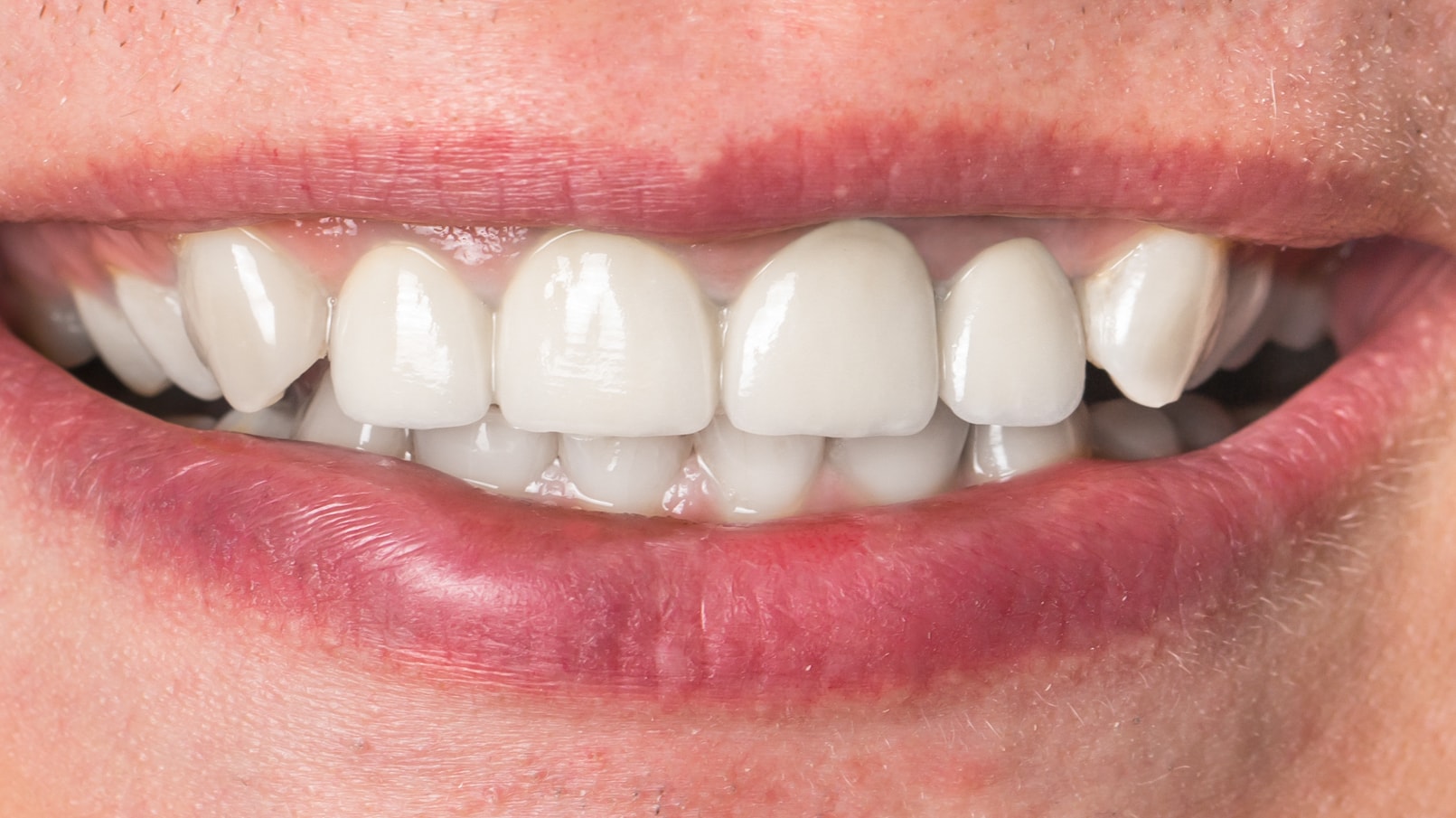
When it comes to dental restoration procedures, they are broken down into two areas:
The ones that go on the teeth are fillings, crowns, bridges, and bondings. Most dentists still do attachments the old-fashioned way without the bonding. However, newer technology allows the bonding to stick directly to the teeth.
The ones that do not attach to the teeth include dentures (for somebody who has no teeth) as well as implants (artificial teeth that stay in the mouth).
The ideal candidate for bonding is someone that has a problem with their teeth, like a chipped tooth, that needs to be improved. If a person has missing teeth, they cannot use bonding.
When it comes to an implant, think about the two parts of a tooth. There is the part that is visible when a person smiles as well as the part inside the gum and the bone called the root of the tooth. An implant is like an artificial root that can go right through the gum into the bone and the body accepts it like a real tooth. The dentist makes a new tooth over it and that is called a crown.
Basically, if there is still some root portion available then the dentist can use a bonding technique. If the patient has no root at all then implants or dentures are the best option.
Sometimes people have a cavity that gets into a tooth and makes it all the way into the root of the tooth. This requires a root canal to remove the nerve and sterilize the inside of the tooth.
On the other hand, there is a newer technique called a direct pulp cap that is a more conservative alternate to a root canal. It actually uses bonding technology to seal over the nerve instead of doing a root canal. This is known as a “drilless root canal”. The tooth must not be infected and there has to be enough of the tooth left to repair with a filling and not a crown.
The direct pulp cap is a less extensive procedure that saves time and money and also avoids having a root canal (which most people are scared of). The nerve inside the tooth is technically called the pulp. So it is directly capping that nerve.
If somebody has their own teeth that are discolored or chipped or crooked, they can be covered with veneers and made to look gorgeous. There is actually a way to do veneers with no drilling at all because drilling off a lot of the tooth is not successful long term. Most dentists are very conservative and do minimal drilling. The veneers with little to no drilling are called minimal preparation veneers.
Implants are useful if somebody has a missing tooth or has all of their teeth missing. They can use a technique called “teeth in a day”. The dentist puts implants in, builds posts and creates a whole new smile in one day.
When most people say they want bonding, they are usually referring to putting in a tooth-colored filling material. Bonding is the technique for putting in and attaching veneers, fillings or crowns, and getting them to stick or bond to the teeth.
Bonding is viewed differently by the public and by dentists. Dentists see bonding as being like crazy glue. The bonding sticks anything to a tooth. When asking non-dentists about bonding, they talk about putting a kind of tooth-colored material on the tooth. It can be a tooth-colored ceiling or a porcelain veneer.
If a patient does not have a tooth there is nothing available that the dentist can stick or bond to, so veneers or bonding is not possible. If there is some tooth available then the dentist can use veneers instead of implants.
Some bonding techniques can cause tooth sensitivity. The sensitivity should go away within a few days.
People who grind their teeth and do not have a night guard to protect themcan cause the bonding material or implant to break due to the force of the grinding. If somebody is grinding their teeth and has to get any kind of dental work done, they should ask their dentist about getting a night guard to protect their teeth.
If a patient chooses bonding, they should be able to go back to work immediately. The only time there might be a recovery period is if the patient had their mouth numbed. With veneers and implants, most people are numb and their mouth can be sore for a few days. They can use ibuprofen to help them ease the pain.
There is something about taking a tooth out and leaving a hole in the bone that the body does not like so it feels sore afterwards. However, there is something about putting an implant in the body that it does not seem to mind.
Implants attach directly to the bone. The patient needs to take it easy and eat softer foods for a couple of months. This gives the bone an opportunity to grow into the implant and become part of the body.
The bonding process is instantaneous but it is hard as a natural tooth. Teeth are the hardest part in the human body. All of the options available in dentistry are not as hard as natural teeth. Veneers are made of porcelain, and much like a porcelain plate, they can break. Patients do not need to chew on ice or their nails. They need to be careful when eating anything hard. The same advice also applies to implants.
Written by Cosmetic Town Editorial Team - MA
Based on an exclusive interview with Michael Teitelbaum, MD in Briarcliff Manor, NY